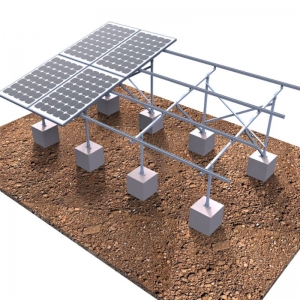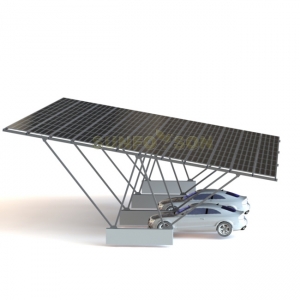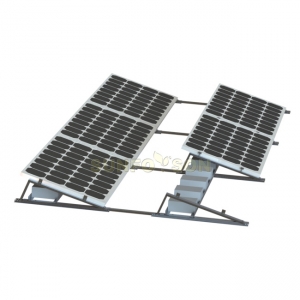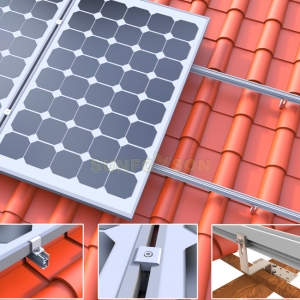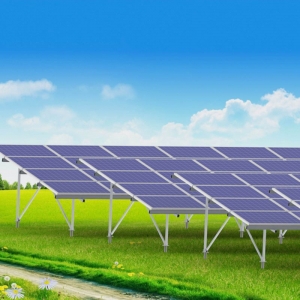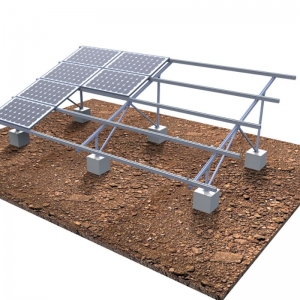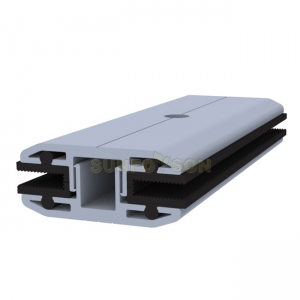As the saying goes, the best time to solve a problem is before it happens. This is especially true at utility-scale projects sites, where installation delays due to avoidable problems can become extremely expensive. Based on years of experience, one vice president of engineering at a famous solar mounting manufacturing company,identified three mounting-installation areas that encounter most delays and redos. In a recent Solar Power World webinar, he identified strategies for overcoming these challenges.
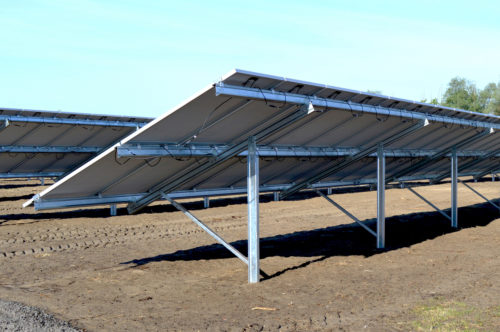
Challenge No. 1: Insufficient Risk Management
Everyone involved in the value chain of a solar power facility is exposed to varying levels of risk. Risks include considerations of site access and ground surface adjustments, vegetation control, climatic influences, material supply, political stability and, of course, design of the installation itself. The goal of diligent risk management is to mitigate or at least limit potentially costly issues and delays during the construction and production phase of a project.
Project Management and Communication
One big step in the right direction with regards to managing project risk is good communication among stakeholders during the design and construction phase of a project. If all communication counterparts are known and familiar with each other, issues can be addressed expediently and without high impact on project cost.
Challenge No. 2: Poor or No Geotechnical Testing
Geotechnical testing at project sites helps determine the best system type for a project, ensures a reliable foundation is used and lets contractors achieve the most efficient use of materials. When testing is not up to par, the consequences can range from delayed installation to a faulty or unsafe project. Major problem areas in geotechnical testing are commonly found in determining proper foundations and embedment depths.
Site access and preparation is of utmost importance prior to geotechnical investigations. If a project site will be significantly modified after testing is completed, the results may be invalid and testing may have to be redone. Sites should be tested in a grid pattern to maximize the potential to capture subsurface issues ahead of time, solar panel mounting system.
An important element of soil testing is to assess corrosion potential, which can often be a costly issue for any installation, especially on large utility-scale projects. When corrosive soils are found, mitigation measures have to be developed in the affected area.
Embedment depths
Designing a structurally and geotechnically sound foundation should be at the forefront of any engineering team reviewing a site. For clients and owners of utility-scale power plants, the durability of the mounting system can either create a long-term liability or be something they rarely have to consider.
In addition to the longevity and performance of the mounting system, the embedment depth influences the cost of the mounting systems directly, as posts are generally quoted by the meter or foot by most manufacturers. Optimizing embedment depths aides in creating a cost-effective design.
Challenge No. 3: Lacking Cost-Effective Designs
Structural safety, cost control and design and sustainability are three key areas to consider when setting design criteria and goals. There are certain fixed parameters that are beyond the control of any developer, such as environmental loads (wind, snow and seismic) and characteristics of landscape (geometry, soil conditions, exposure category). Additionally, the module selection—framed or frameless—can also play a large part in the racking design. When working with a mounting manufacturer, small configuration adjustments in inclination angle and string sizes can add up to great savings.
Structural safety
From an engineering and design perspective, the longevity of the system is most important. Building codes and local regulations must be taken into account to put stakeholders at ease with the system design. Areas to consider before selecting a utility-scale mounting system include adjustment capabilities of the system in the field, which is often needed when rammed foundation posts are not installed exactly as specified in the construction documents.
Cost control
When it comes to cost control measures, there are three main areas of concerns: material use, logistics and installation time and requirements. Most utility-scale systems today are manufactured using steel. While aluminum is still an option, cost considerations generally steer developers away from it. When shipping the system, it’s important it arrives in a fashion that reduces site work as much as possible. Because work on a construction site is prone to weather and other delays, it is important to reduce installation times as much as possible.
Design and sustainability
As the solar industry ages globally, the topic of end-of-design-life is gaining importance. In many cases systems have to be built back and material scrapped. Depending on the foundation system, large concrete foundations may have to be excavated. In other scenarios, steel supports may have to be removed at a much lower cost.












